Up Next

Whenever the porpoising topic dominated the Formula 1 news agenda prior to the summer break, it was in the context of in-season changes potentially impacting the pecking order.
Red Bull and Ferrari were expected by many to be pegged back from the Belgian Grand Prix and be caught by Mercedes, one of the teams perceived to be most keen for the higher ride heights and stiffer planks the FIA would demand in association with the debut of a new ‘aerodynamic oscillation metric’.
One race at a unique circuit does not provide nearly enough data to consider the impact of these changes. But Red Bull’s domination of the Spa weekend, thanks to Max Verstappen, was enough to spark some comments.
Red Bull team boss Christian Horner quipped: “Maybe we will get a technical directive for the next race that we have got to run much lower…”
The fact that Red Bull made a big step at Spa is obvious. The RB18 looked tailor-made for this track, and it is reasonable to assume that a large part of the gap was track-specific.
Verstappen certainly thought so. He said the car felt like a “rocketship” at Spa and doesn’t expect to have quite such an advantage at some upcoming tracks.
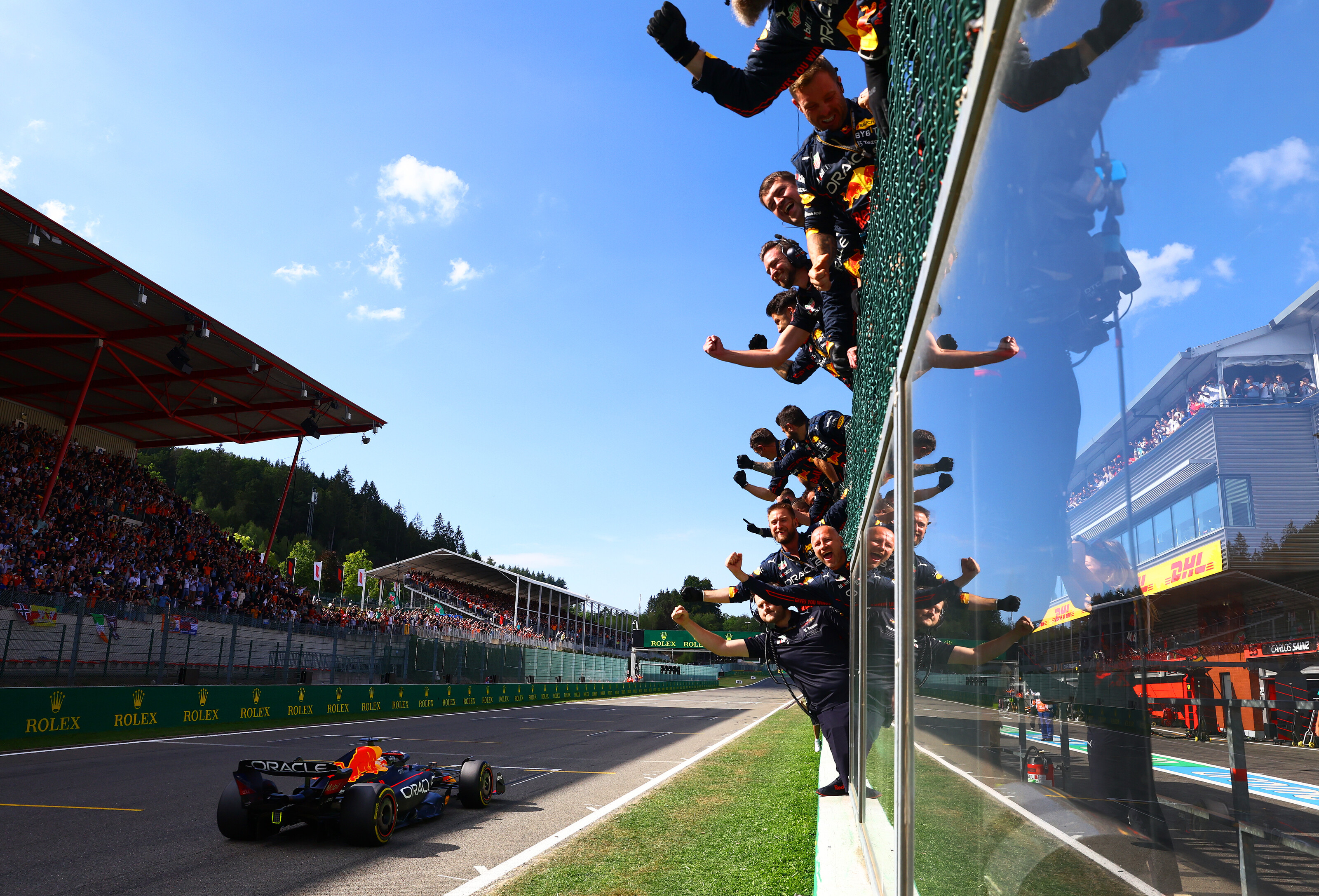
“I think our car is very efficient,” said Verstappen. “And then this track suits it perfectly.
“I know that some tracks which are coming up might be a little bit more difficult and I expect again a good battle with Ferrari.
“It was just this track seemed to be perfect for the car.”
Red Bull reckons it has a unique car philosophy that means it is still able to run slightly higher rake, even if it’s not as much as we saw Red Bull adopt with the previous generation of cars.
This could lead to a very Spa-specific advantage, as the bumps around the track, particularly in Eau Rouge, tend to lead to higher ride heights.
“We have seen that already this year, we have run a higher ride-height,” said Horner.
“Our philosophy is probably slightly different to some of the others.”
As Mark Hughes noted in his grand prix analysis, Red Bull has a superb handle on ensuring the right aerodynamic load and balance while playing around with ride heights.
MARK HUGHES’ ANALYSIS
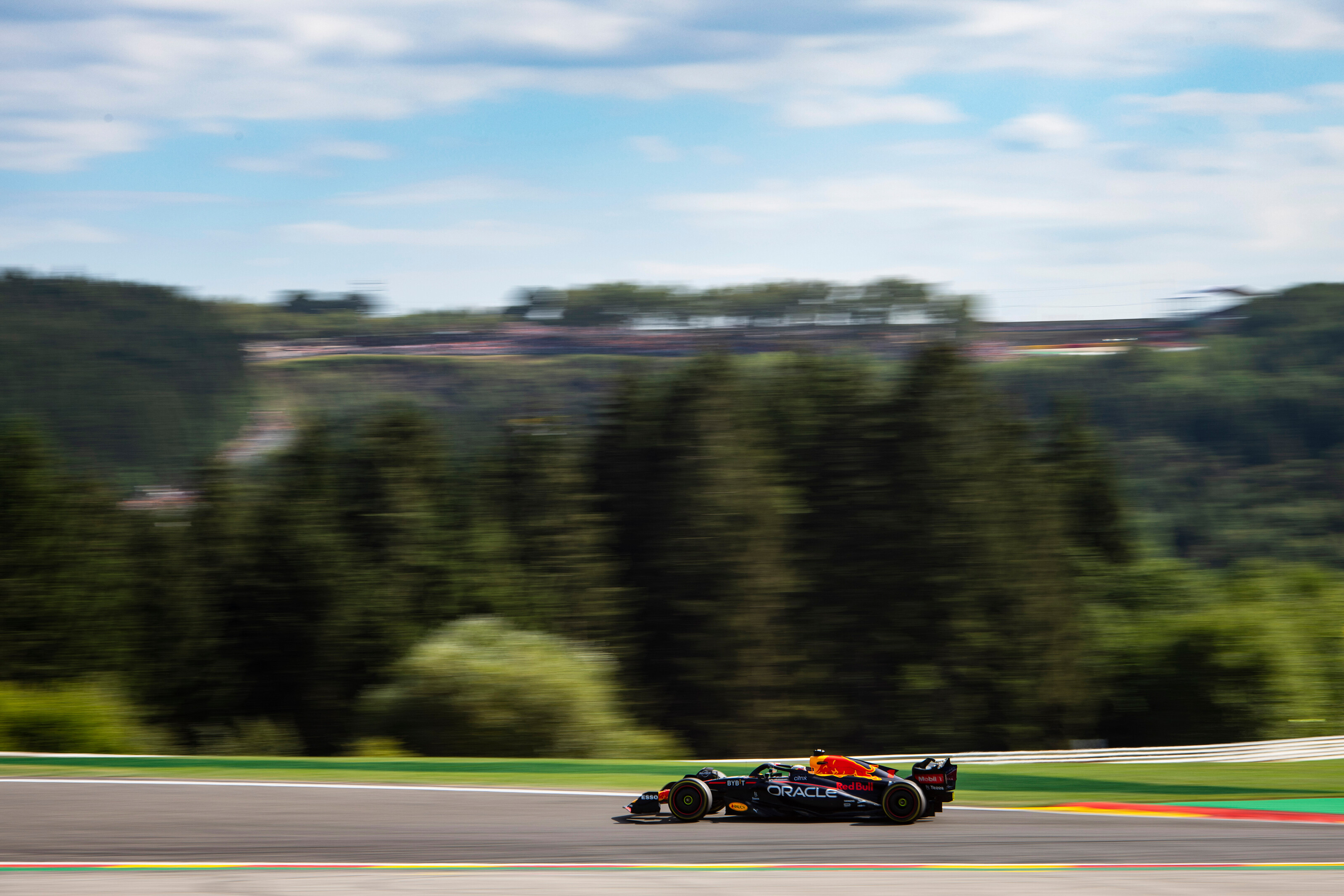
Spa, because of the compression in Eau Rouge and the way the car has to run the kerbs through the flat-in-top Blanchimont, needs a much higher static rear ride height than most tracks.
Red Bull has for years, regardless of the formula in place, shown complete mastery of retaining good downforce at big rear ride heights. This is extremely helpful through the conflicting demands of Spa’s very slow and very fast corners.
Other cars seem to lose way more downforce at greater ride heights – and Red Bull seemingly does not have to run quite as high as everyone else here.
Is it possible for the technical directive to be linked to this as well?
The FIA’s changes have forced several teams – believed to be as many as nine – to tweak their floor designs to avoid excessive plank flexing. One team – Williams – confirmed that it also had to run at a slightly higher ride height than intended for Spa too.
Horner certainly intimated Red Bull might have been indirectly helped: “A lot was made and a lot of expectation was placed on that TD, and arguably perhaps it’s hurt others more than it’s hurt ourselves.
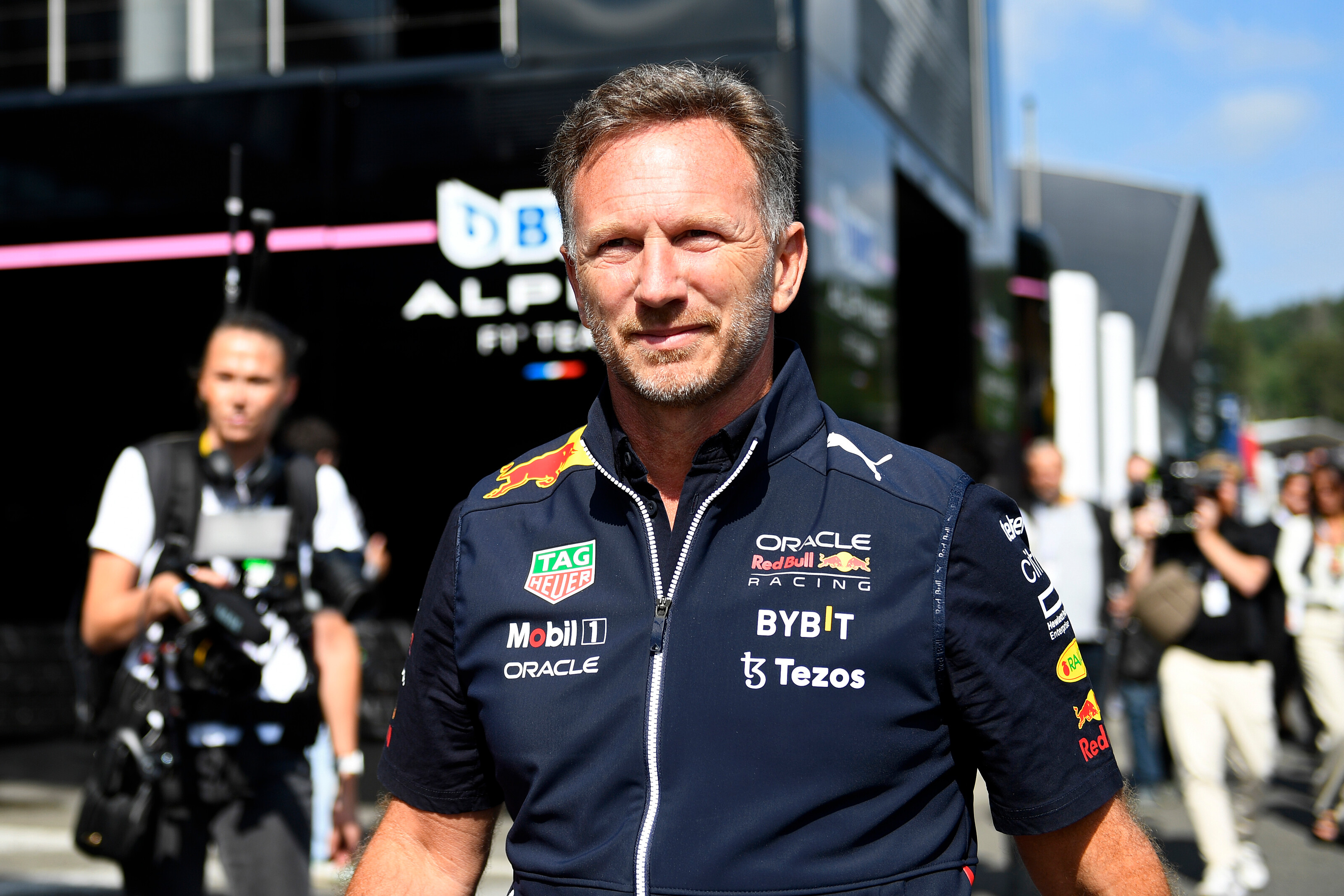
“But we haven’t really changed how we operate the car. Obviously, grounding here is always an issue because of Eau Rouge. But that’s not unique to us. That’s the same for every team.”
Given the deficit Ferrari had to Red Bull, and the fact Ferrari was a strong opposition voice to the FIA’s intervention, it’s tempting to add two and two.
But Ferrari is absolutely adamant this had a “completely negligible” effect on its own performance at Spa.
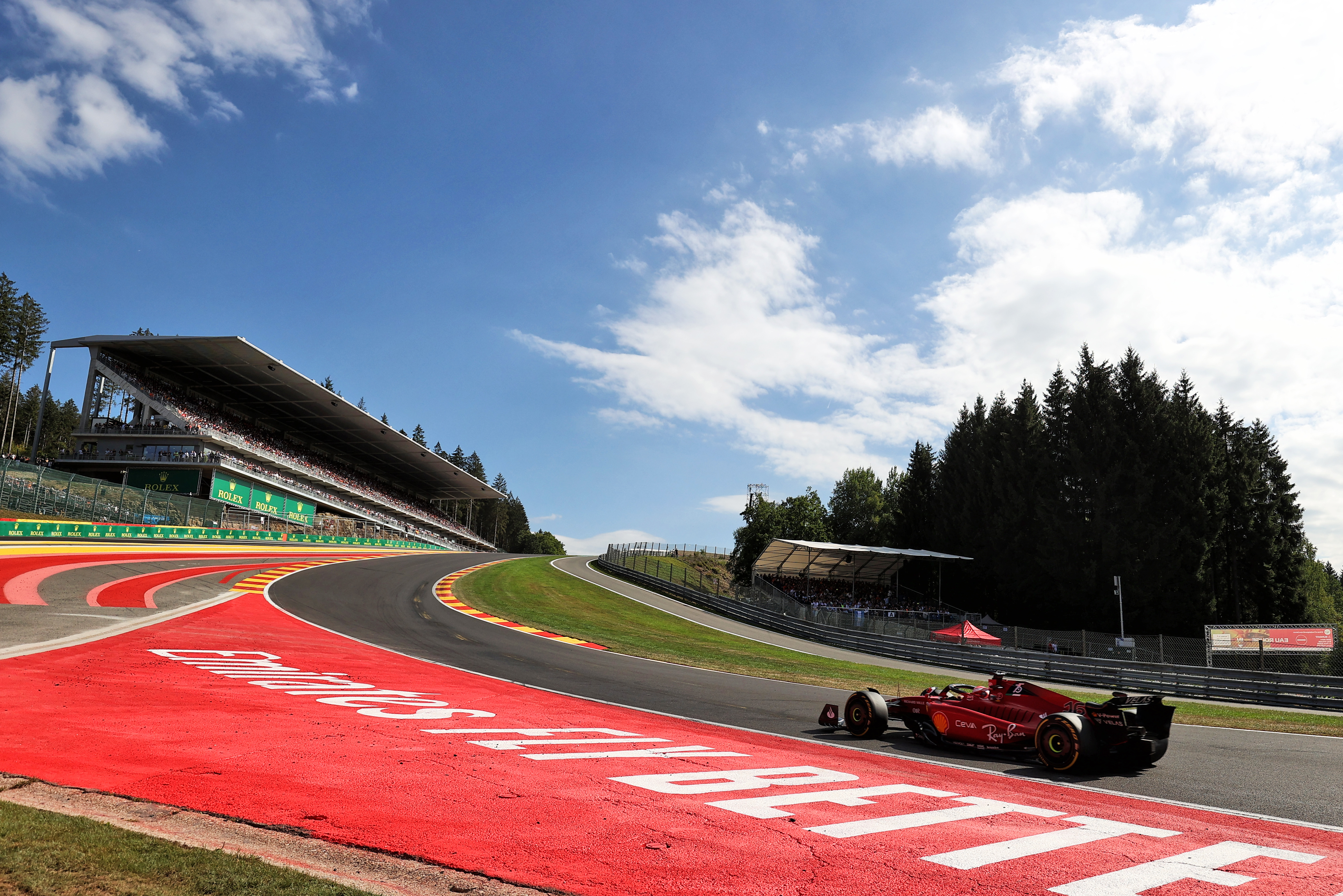
“No, that’s certainly not the case – I don’t know the way it has affected the other teams but in terms of Ferrari it has affected in a completely negligible way,” said Ferrari team boss Mattia Binotto.
“So, it’s not the answer to our performance.
“It’s the type of track where you need a great efficiency, both in terms of aero and power unit, and I think that simply Red Bull has got a better package in that respect.
“On top of it they have better tyre degradation, which has nothing to do with bottoming out. So, that’s not the reason. We need to look at different reasons.”
Maybe it’s purely coincidence. Maybe Red Bull has benefitted in a small way if every team is now having to run at a slightly higher ride height.
The only certainty is that Red Bull clearly looked immune to any potential ill-effect of the new directive, at least at Spa.
That’s why both Horner and Helmut Marko jokingly thanked Mercedes for the technical directive’s introduction given it coincided with such a dominant weekend for their team.
“No, in all seriousness, this circuit has played to our strengths,” said Horner.
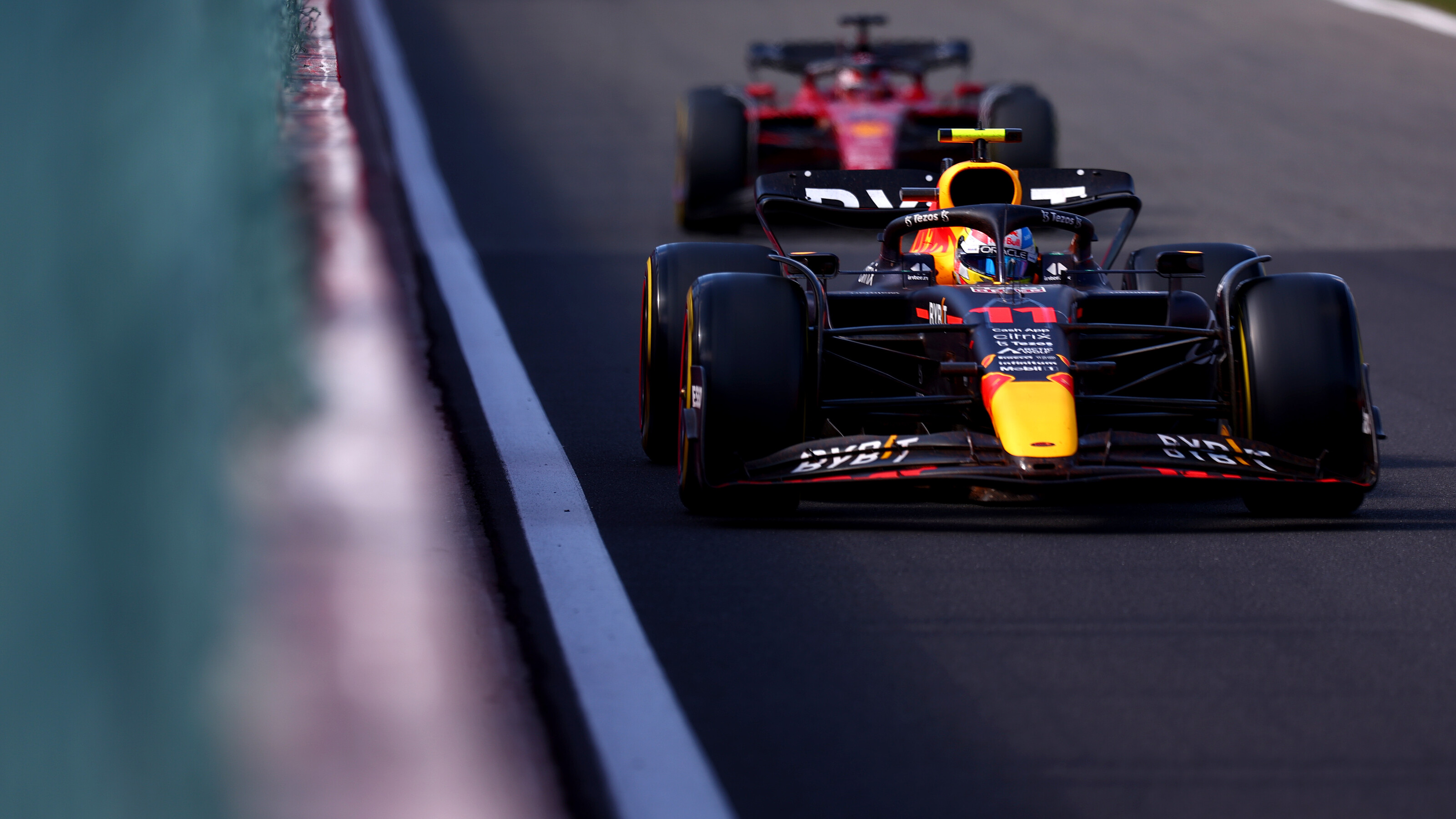
“We have a very efficient car. We have found a very good set-up and Max has just been in phenomenal form since the first lap.”
Spa was certainly an outlier compared to what preceded the summer break. Despite comfortably leading both championships Red Bull had not previously emphatically dominated a grand prix weekend like this in 2022.
On average across all dry qualifying sessions in the races before Spa, Ferrari had the quickest car, with Red Bull around 0.25% behind. The average of the remaining seven teams was 1.7% behind Ferrari.
But at Spa, not only did Red Bull enjoy a massive 0.6% advantage over Ferrari, the gap to the remaining seven teams ballooned to over 2%. This is effectively what Charles Leclerc referred to when he said it was “strange” that Red Bull leapt forwards.
The technical directive may have nothing to do with this. It may also be more relevant on upcoming tracks. Firm conclusions are impossible outside of the specifics of the Spa weekend.
Has Red Bull “found something”, as Leclerc pondered? Is there any merit in Horner’s hints about others being hurt more by the FIA’s intervention? Did Red Bull simply star with a one-off perfect match with this circuit?
The rest of the triple-header, Zandvoort and Monza, will provide some initial answers to those questions.





